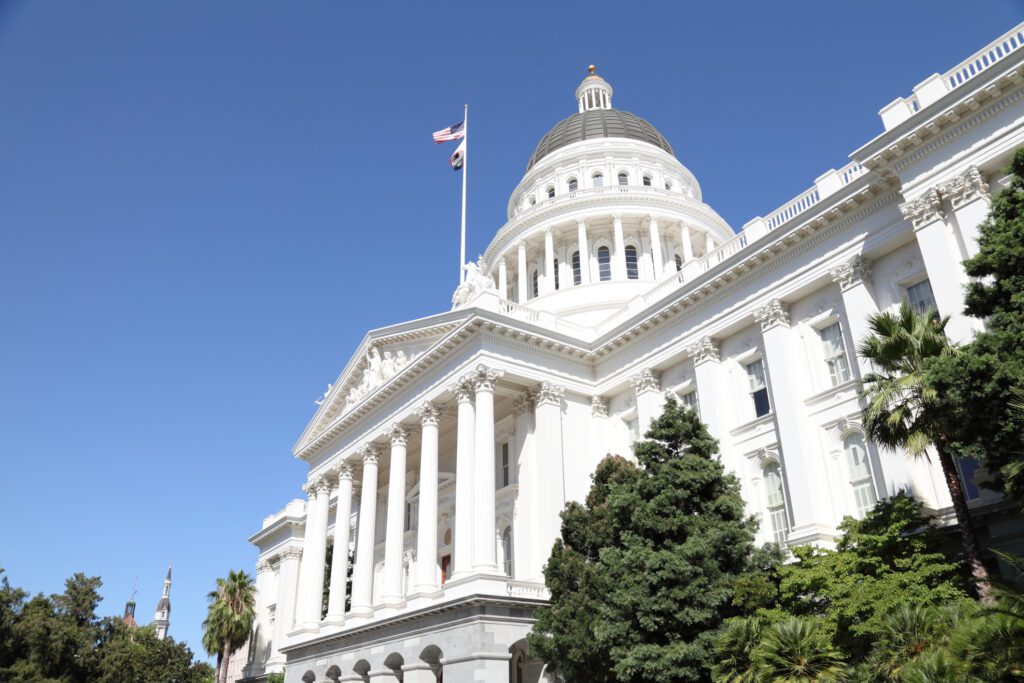Out of Towners: Why Consultants Coming Into New Markets Need a Different Mindset


Consultants operating in a lucrative market will often get out-of-towners inquiring about how to break in. As a California-based pollster, I have these conversations regularly. My advice is consistent: California requires a different approach from the outset. “Of course,” they reply, “We always take local factors into consideration on any campaign.”
Now, the problem is that they usually don’t understand just what, exactly, those local factors are when it comes to, say, Los Angeles County. To help illustrate this to my fellow professionals, I often pull out this example: You wouldn’t poll Detroit to get opinions about Kalamazoo, or vice versa. And in Los Angeles County, you wouldn’t poll Beverly Hills to get opinions about the L.A. mayor’s race.
Yet the problem persists: Campaigns and companies are still treating all Angelenos as the same universe for research purposes, and then get frustrated when their data is proved inaccurate as events unfold. Even data-driven professionals can be distracted by the wrong data points.
Sure, it may be smaller geographically, but there are more residents in Los Angeles County than in 41 states – Michigan included. Since 1960, Los Angeles County has held the title of the country’s most populous county. The 10.1 million residents of Los Angeles County more closely resemble a populous state or small country than a municipal subdivision. Its peer group includes the states of Georgia, Michigan, and North Carolina.
Data-driven decisions require an accurate assessment of how things are, and a clear roadmap of how to get to where you need to be. From a research perspective, Los Angeles County may be even more complex than most states because of its unmatched diversity. Is there any question that it would be a greater challenge to survey voters’ about Los Angeles County supervisor than a Senate campaign in Utah?
By almost every metric, L.A. County is the most diverse place on earth. There are more minority-owned businesses in Los Angeles County than in 25 states and the District of Columbia – combined.
We love L.A. because it’s complicated and extreme. Take education levels. L.A. County is simultaneously more educated and less educated than its peers. L.A. County has the highest percent of people with a bachelor’s degree or higher and the lowest percentage of high school graduates.
Want to ask what Los Angeles thinks about an issue? Better start with a translator. To comply with the Voting Rights Act, Los Angeles County is required by law to print ballots in nine different languages: English, Armenian, Chinese, Khmer, Farsi, Korean, Spanish, Tagalog, and Vietnamese. The registrar of voters supplements that list with materials in Hindi, Japanese, Thai and Russia, due to popular demand.
Even New York City, the world’s quintessential melting pot, is arguably less diverse than L.A. County. Although the Big Apple claims more than 800 different languages spoken within its boundaries, more than half of homes in New York City speak English. In contrast, 57 percent of homes in L.A. County speak a language other than English, according to the U.S. Census Bureau’s 2016 American Community Survey. Compare that to Ohio, a state with a population nearly equivalent to L.A. County, where 93 percent of the population speaks English in the home.
Effective campaigns can identify the divergent opinions by zooming into the neighborhood level. L.A.’s 272 neighborhoods are roughly equivalent to the number of incorporated municipalities in the entire state of Washington. From Acton to Arlington Heights to Avalon, you’ve gone from L.A.’s white rural northwest to its densely-populated central urban core to a tiny island village – geographic diversity, all without leaving the letter “A.” East of the Rockies, how many people realize that L.A. County has islands?
All of this warrants treating a campaign in Los Angeles County with the same scale, scope and care as a statewide campaign to parse through the demographic differences and identify groups with shared or divergent opinions.
Justin Wallin is the CEO of J. Wallin Opinion Research.



